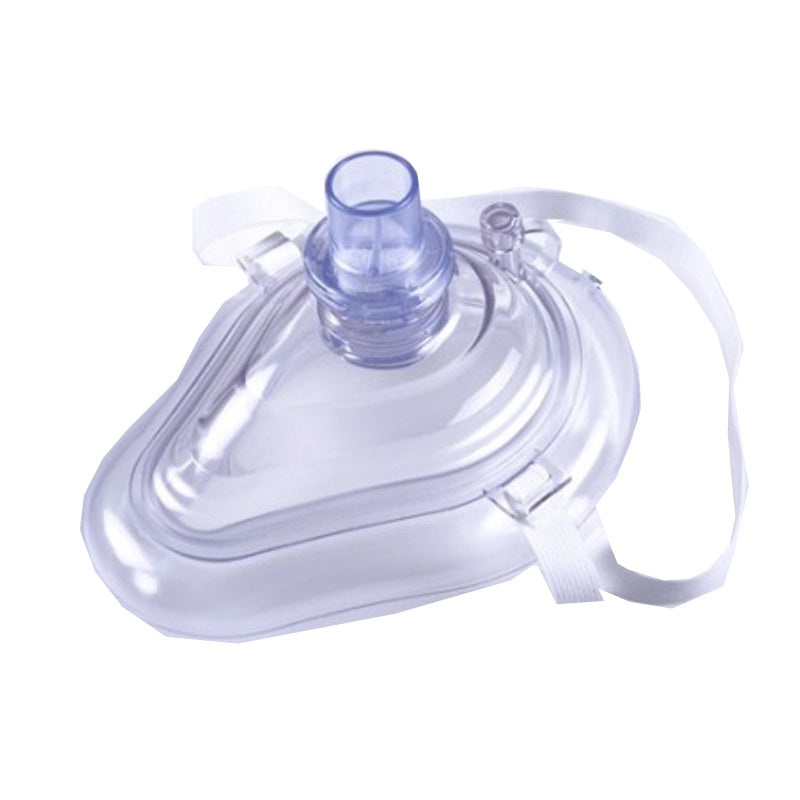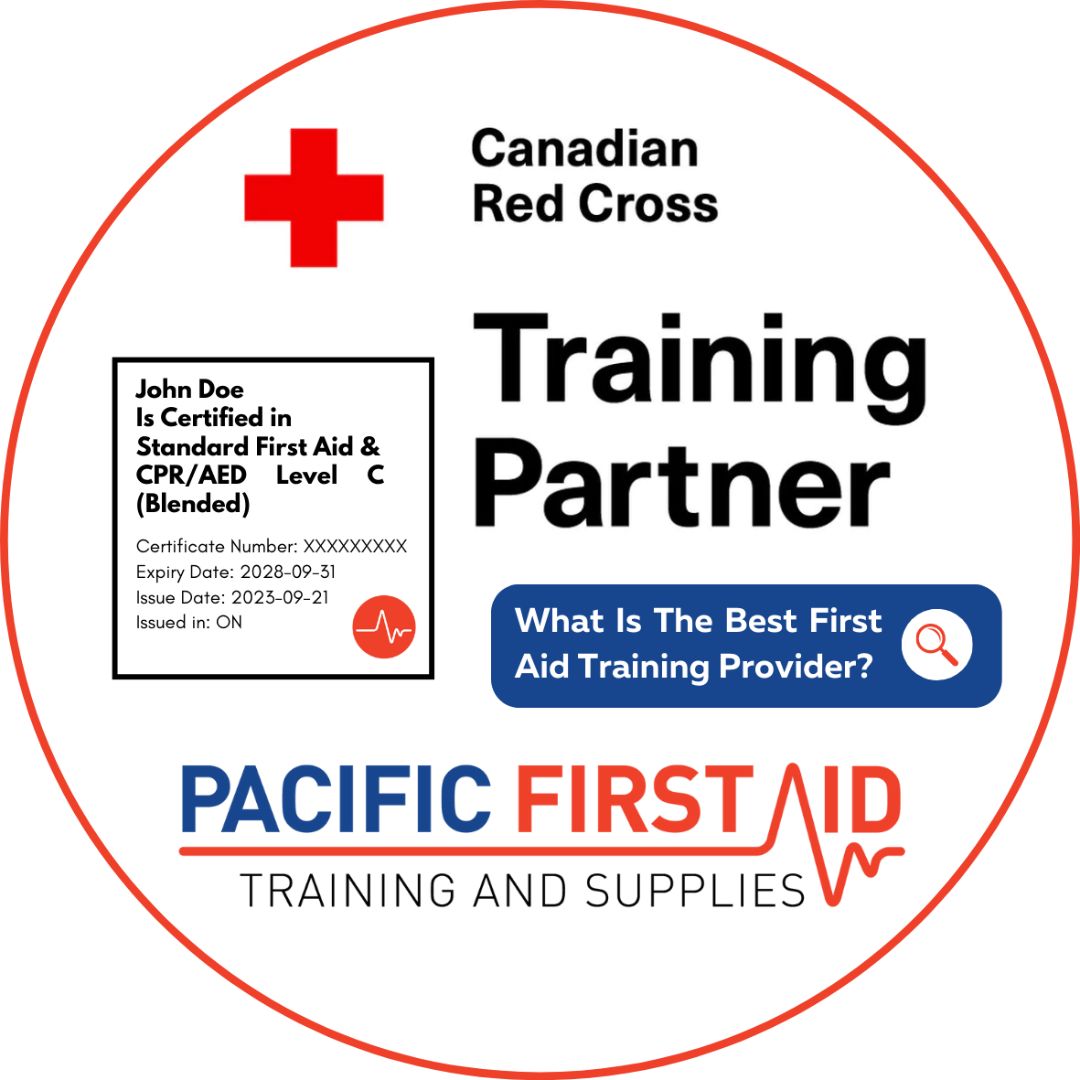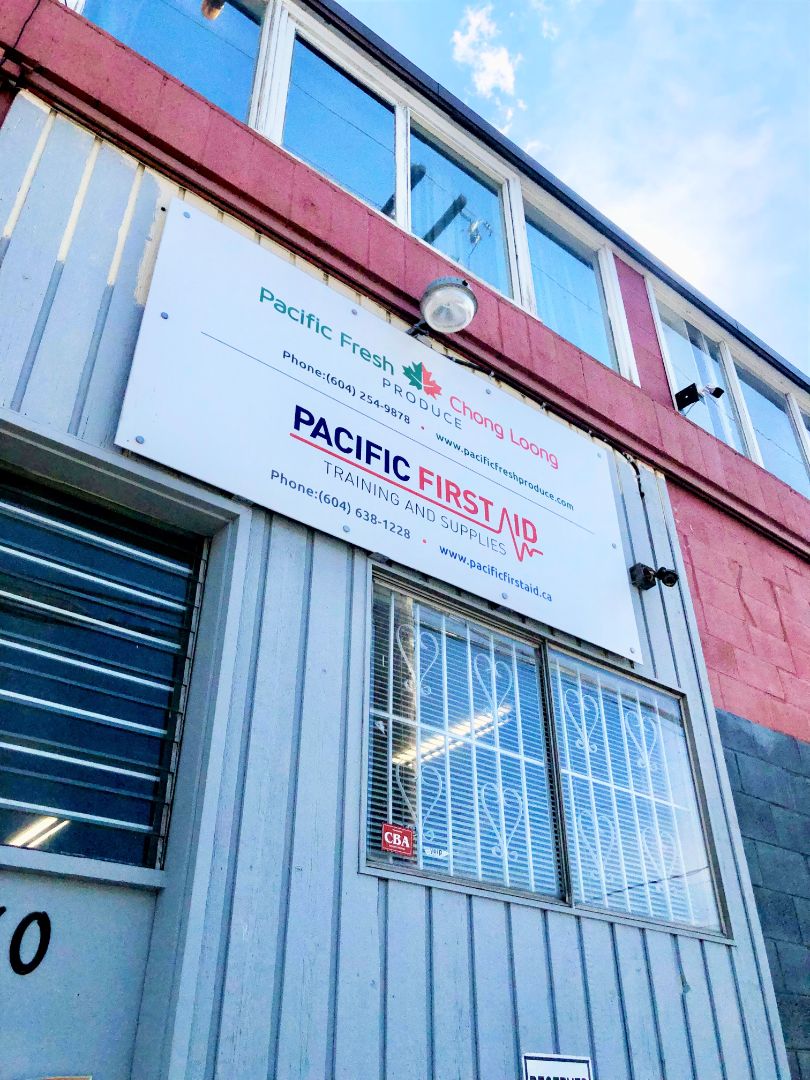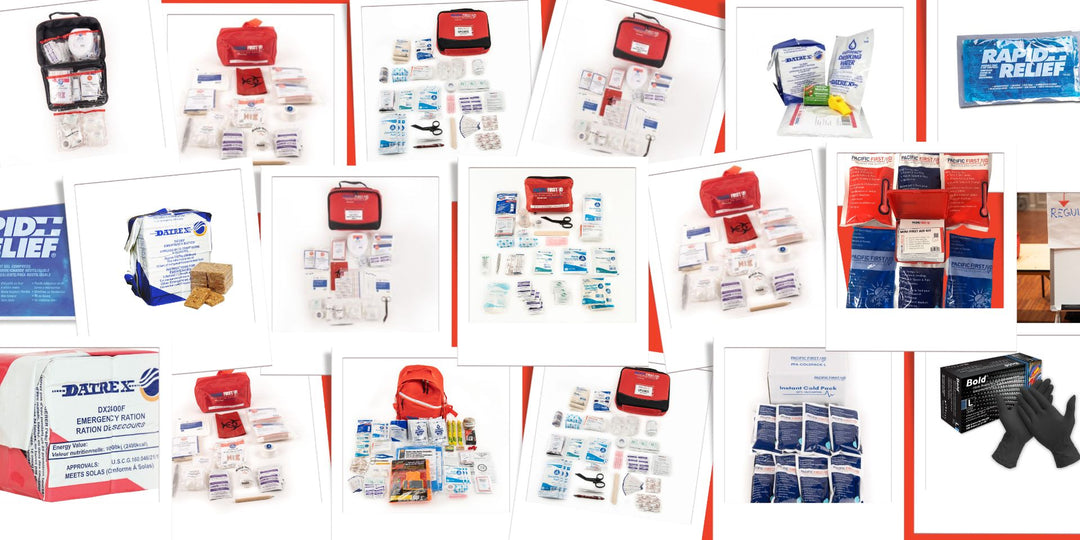
3 Essential First Aid Skills
Photo Credit: Guillaume Muckensturm
Medical emergencies can be some of the most frightening experiences when you’re out in the wilderness far away from civilization and the nearest hospital. Accidental injuries and unexpected medical issues are the most common in the backcountry. No matter your skill level, everyone could benefit from first aid classes. At Pacific First Aid, we offer a bunch of first aid certification courses that you can choose from. Even if all your outdoor pals are certified, it’s best to be self-sufficient and not depend on others if you get hurt. Below are essential skills any outdoor enthusiast should know.
- Tourniquet Application
A tourniquet is a compressing device that controls the circulation of venous and arterial areas of the body for a certain amount of time. They put pressure on extremities that are bleeding and should only be used as a last resort. The best thing you can do is carry a ready-to-use tourniquet and pack it in your outdoor first aid kit. When it comes to applying your tourniquet, it’s important that you can put it on yourself or others in about 15 seconds. This is essential as rapid blood loss leads to unconsciousness within a minute or two.
- Wound Packing
Most knife and camping injuries only require pressure and clean bandages. For the times when the wound is deep and applying pressure isn’t enough, you can use an EMT trick called “power ball.” This is where you create an internal pressure with a ball of gauze and put it into the wound. The ball should be a little wider than the cut itself. Keep applying pressure until the bleeding stops. It’s important to note you shouldn’t use this trick for any area from your lower abdomen to collar bone. At Pacific First Aid, we sell first aid products such as gauze that are essential for your first aid kits.
- Hypothermia
Hypothermia is the cooling of the body’s overall core temperature. This is very common during outdoor activities, especially when you’re perspiring heavily when you’re performing an activity and then stop to rest. Another common situation is when your clothes are wet, the wind picks up and the air temperature cools. Whether you’re ski touring, hiking or backcountry camping, it’s important to note the temperatures and come prepared. Mild hypothermia symptoms include numbness and tingling, especially in fingers and toes, sluggish muscles and slurred speech. From there, you can start shivering, your lips can turn blue and skin pale. If you’re in a situation where you need to rewarm yours or a friend’s body temperature, the first thing to do is remove all wet clothes and replace with dry pieces. Next is to eat high-calorie snacks or food and drink warm beverages. If you happen to be in a situation where you’re by a shower, hot tub or sauna, don’t instantly submerge yourself as it can put your body through shock and cause heart problems.
When it comes to the outdoors and backpacking, you can never be too safe. More often than not, people can think they’re the exception and that these things won’t happen to them. The best thing you can do is tilt luck on your side and come prepared. Whether you’re looking for some outdoor gear, first aid supplies or first aid training, Pacific First Aid offers all of the above.






